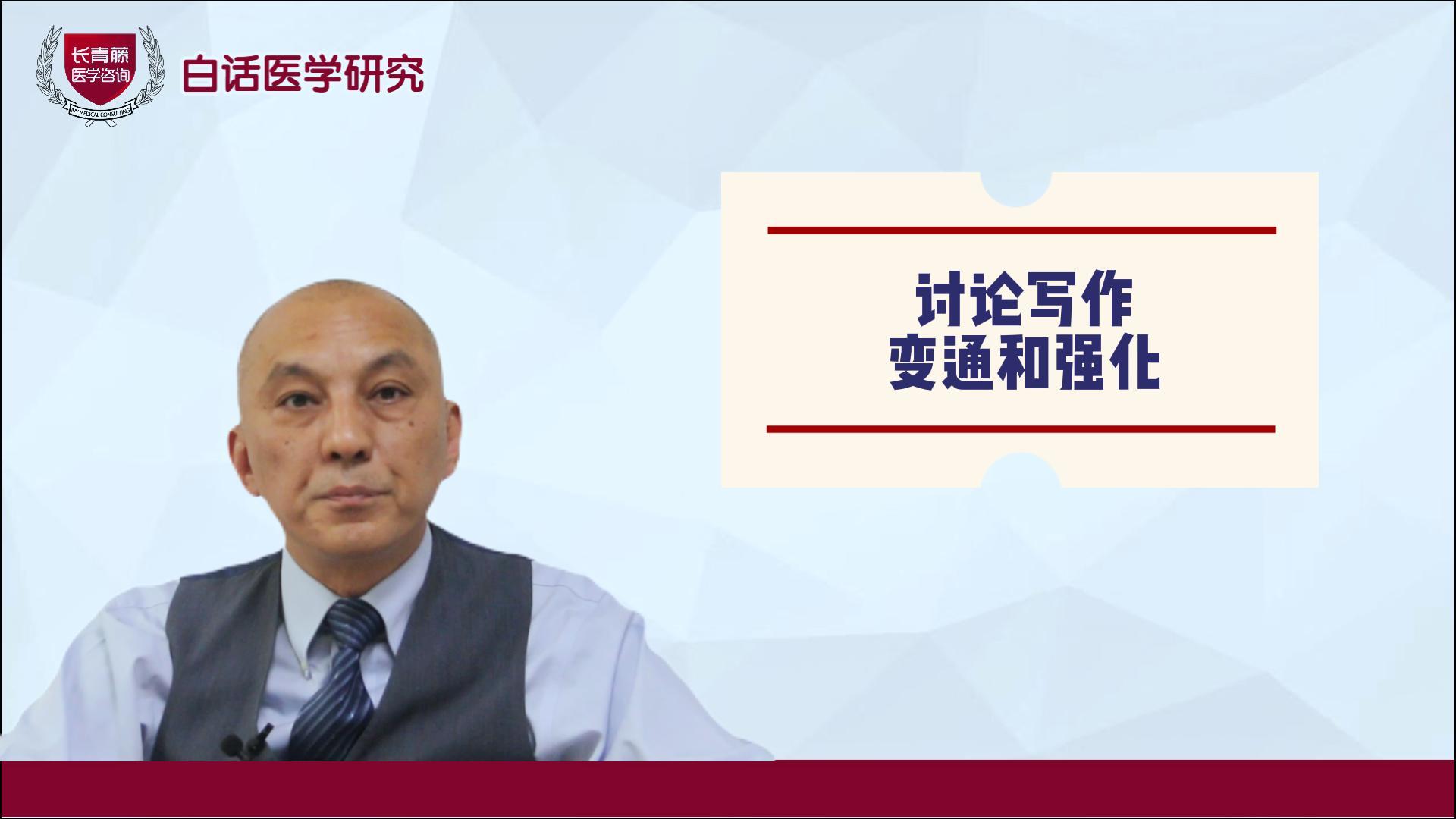1970-01-01

Linda Brookes, MSc Presenters: Lisheng Liu, MD and Yuqing Zhang, MD (Fu Wai Hospital, CAMS & PUMC, Beijing, China) and Alberto Zanchetti, MD (Centro Interuniversitario di Fisiologia Clinica e Ipertensione, University of Milan, Milan, Italy) Direct evidence in favor of lowering systolic blood pressure (SBP) to a goal of < 140 mm Hg, as recommended in current guidelines,[1-3] has been available only for those hypertensive patients with diabetes or previous cardiovascular disease, but has principally excluded the influence of lowering SBP in hypertensive patients with other risk factors. A multicenter clinical trial performed in China, the Felodipine EVent Reduction (FEVER) study, is the first to show the benefits of reducing blood pressure below the recommended 140/90 mm Hg goal in a hypertensive population at high risk because of other risk factors, as well as diabetes or previous cardiovascular events.[4] In the FEVER study, a "more intensive" antihypertensive therapy regimen consisting of a low-dose diuretic plus low-dose calcium channel blocker (CCB) reduced blood pressure to < 140/90 mm Hg in a majority of patients and also brought about a significant reduction in cardiovascular events, including stroke; less-intensive therapy with a low-dose diuretic only did not achieve such benefits. CCB Trials in China Two clinical trials of CCBs in hypertension were previously performed in China. The Shanghai Trial Of Nifedipine in the Elderly (STONE)[5] and Systolic Hypertension in China (Syst-China)[6] showed significant reductions in stroke and other cardiovascular outcomes by active reduction of blood pressure with a CCB vs placebo. Both trials enrolled patients with relatively high SBP, however, and goal SBP was 150 mm Hg, far above the presently recommended goal. FEVER The randomized, double-blind, placebo-controlled FEVER study was designed to compare the effects on cardiovascular outcomes of adding a low dose of the CCB felodipine vs placebo in hypertensive patients at high cardiovascular risk whose blood pressure had already been reduced by a low-dose diuretic, hydrochlorothiazide (HCTZ), which was continued throughout the trial. The trial also compared more vs less intense blood pressure-lowering treatment to achieve currently recommended goals. The primary outcome of FEVER was stroke (fatal and nonfatal), which has a steeper relationship with blood pressure than other cardiovascular events in the Chinese population. Patients and Treatment Eligible hypertensive patients were aged 50-79 years, male or female, with SBP/DBP < 210/115 mm Hg if they were on antihypertensive drug treatment or SBP 160-210 mm Hg or DBP 95-115 mm Hg if untreated. Patients aged 50-60 years had to have >/= 2 risk factors or clinical evidence of an event, and those aged 61-79 years had to have >/= 1 risk factor or clinical evidence of an event. Qualifying cardiovascular disease risk factors included male gender, current smoker, total cholesterol >/= 240 mg/dL within the previous 1 year or on treatment for hypercholesterolemia, diabetes mellitus under glycemic control, left ventricular hypertrophy, proteinuria, and overweight (BMI > 27 kg/m2). Qualifying cardiovascular events included myocardial infarction (MI), stroke, stable angina or clinical evidence of coronary heart disease, congestive heart failure, peripheral ischemic artery disease, and transient ischemic attack. Over 10,000 patients were recruited between 1999 and 2001 at 109 hospital and community clinics throughout China coordinated by the Fu Wai Hospital, Beijing, and the Chinese Hypertension League. Patients entered a 6-week run-in period on HCTZ 12.5 mg/day (during which other antihypertensive therapy was discontinued in the 89% of patients who had been previously treated), after which 9800 patients with DBP 90-100 mm Hg and/or SBP 140-160 mm Hg were randomized to receive HCTZ plus either felodipine 5 mg/day or placebo. Add-on diuretics or other antihypertensive agents were allowed at the investigators" discretion. The drug classes most often added were diuretics, angiotensin-converting enzyme inhibitors, and CCBs, although 66.1% of patients on felodipine and 57.7% of those on placebo remained on study drugs only throughout the study. The study was terminated on June 30, 2004, when the required number of primary endpoints (400) was achieved. Blood Pressure Control Mean SBP/DBP at screening was 159/93 mm Hg. After 6 months of follow-up, mean SBP/DBP was 142.5/85 mm Hg in the placebo group vs 137.3/82 mm Hg in the felodipine group. This difference between the treatment groups remained constant throughout the study for a mean SBP/DBP reduction of 4/2 mm Hg. By the end of follow-up (60 months), more patients on felodipine plus HCTZ achieved SBP < 140 mm Hg and DBP < 90 mm Hg than those on placebo plus HCTZ (Table 1). Table 1. Blood Pressure Achieved at Study End  DBP = diastolic blood pressure; SPB = systolic blood pressure Outcomes The primary outcome of FEVER, stroke (fatal and nonfatal), was significantly reduced (-28%) in the felodipine group, a difference driven by nonfatal strokes (Table 2). Table 2. Primary Outcome
DBP = diastolic blood pressure; SPB = systolic blood pressure Outcomes The primary outcome of FEVER, stroke (fatal and nonfatal), was significantly reduced (-28%) in the felodipine group, a difference driven by nonfatal strokes (Table 2). Table 2. Primary Outcome  Significant reductions in the felodipine group vs placebo were also seen for secondary outcomes of cardiovascular events (-28%), all cardiovascular events (-28%), all cardiac events (-34%), all-cause death (-30%), cardiovascular death (-32%), coronary events (-32%), heart failure (-24%), and cancer (-40%). New-onset diabetes occurred in only 1% of patients in each group. Safety The regimens in FEVER were well tolerated, although the felodipine group experienced significantly more flushing (1.4% vs 0.2%, P < .001) and more ankle edema (1.0% vs 0.37%, P < .001), but significantly less fatigue (0.64% vs 1.05%, P = .037) than patients in the placebo group. There was no difference between the 2 treatment groups with regard to rates of dizziness, headache, or palpitations. Implications Commenting on the FEVER results, Prof. Alberto Zanchetti noted that even a 4/2 mm Hg difference in SBP/DBP -- as seen for the CCB regimen vs placebo -- can be associated with substantial reductions in most cardiovascular events, even in patients at lower overall cardiovascular risk than those in many recent trials (eg, Syst-Eur, Syst-China, HOPE, PATS, PROGRESS, ALLHAT, SCOPE, LIFE, VALUE, INVEST, EUROPA, ACTION). Prof. Zanchetti also noted the significant and marked reduction in incident cancer in the patients on felodipine, which is in contradiction to past claims that CCBs are associated with an increased risk of cancer.
Significant reductions in the felodipine group vs placebo were also seen for secondary outcomes of cardiovascular events (-28%), all cardiovascular events (-28%), all cardiac events (-34%), all-cause death (-30%), cardiovascular death (-32%), coronary events (-32%), heart failure (-24%), and cancer (-40%). New-onset diabetes occurred in only 1% of patients in each group. Safety The regimens in FEVER were well tolerated, although the felodipine group experienced significantly more flushing (1.4% vs 0.2%, P < .001) and more ankle edema (1.0% vs 0.37%, P < .001), but significantly less fatigue (0.64% vs 1.05%, P = .037) than patients in the placebo group. There was no difference between the 2 treatment groups with regard to rates of dizziness, headache, or palpitations. Implications Commenting on the FEVER results, Prof. Alberto Zanchetti noted that even a 4/2 mm Hg difference in SBP/DBP -- as seen for the CCB regimen vs placebo -- can be associated with substantial reductions in most cardiovascular events, even in patients at lower overall cardiovascular risk than those in many recent trials (eg, Syst-Eur, Syst-China, HOPE, PATS, PROGRESS, ALLHAT, SCOPE, LIFE, VALUE, INVEST, EUROPA, ACTION). Prof. Zanchetti also noted the significant and marked reduction in incident cancer in the patients on felodipine, which is in contradiction to past claims that CCBs are associated with an increased risk of cancer.
百度浏览 来源 : 国际循环
版权声明:本网站所有注明来源“医微客”的文字、图片和音视频资料,版权均属于医微客所有,非经授权,任何媒体、网站或个人不得转载,授权转载时须注明来源:”医微客”。本网所有转载文章系出于传递更多信息之目的,且明确注明来源和作者,转载仅作观点分享,版权归原作者所有。不希望被转载的媒体或个人可与我们联系,我们将立即进行删除处理。 本站拥有对此声明的最终解释权。




发表评论
注册或登后即可发表评论
登录注册
全部评论(0)